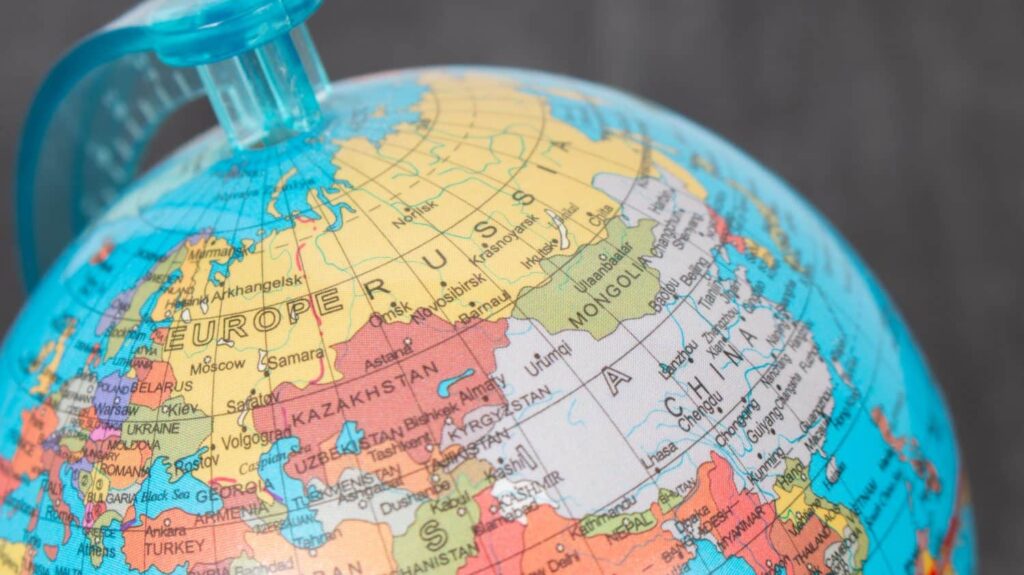
China has established itself as the leading military power in Asia in terms of tank numbers, boasting approximately 6,800 tanks in its arsenal. This figure not only positions the country as a dominant force in the region but also places it ahead of Russia by over 1,050 units, highlighting a significant disparity in armored capabilities.
The research conducted by Global Firepower reveals that while Russia maintains the world’s largest artillery arsenal, it lags behind China in tank quantity. This divergence can be attributed to various factors, including differences in military doctrine and production capacity, as outlined in the 2025 Military Strength Ranking.
Military Dynamics in Asia
Understanding the military landscape in Asia is crucial, given the region’s intricate geopolitical tensions. Countries have historically engaged in internal conflicts and territorial disputes, notably over areas such as the South China Sea. As military power continues to shape regional stability, the number of tanks each nation possesses serves as a critical indicator of strength.
The report from Global Firepower analyzed the tank inventories of Asian nations, revealing stark contrasts. For example, while China leads with 6,800 tanks, other countries in the region have significantly smaller arsenals. This disparity raises questions about military readiness and strategic capabilities.
Comparative Analysis of Tank Numbers
The following are key figures from selected Asian countries regarding their tank inventories:
– **India**: 4,201 tanks
– **North Korea**: 4,344 tanks
– **Pakistan**: 2,627 tanks
– **Turkey**: 2,238 tanks
– **South Korea**: 2,236 tanks
– **Iran**: 1,713 tanks
– **Israel**: 1,300 tanks
– **Vietnam**: 1,374 tanks
– **Iraq**: 1,025 tanks
Countries like India and North Korea also maintain substantial tank numbers, but they still fall short of China’s significant lead. Interestingly, while North Korea boasts a sizable inventory, its military budget and overall capabilities are complicated by economic constraints and sanctions.
The implications of this military superiority extend beyond mere numbers. China’s enhanced tank fleet enables it to project power more effectively, influencing regional dynamics and potentially altering the balance of power in Asia. The increasing military capabilities in the region may lead to heightened tensions, particularly in disputed territories.
As nations respond to this military buildup, understanding tank inventories and their implications will be vital for analysts and policymakers alike. The data reflects not only current military capabilities but also potential future engagements in a region characterized by competition and conflict.
In conclusion, China’s position as the leading tank power in Asia, with a clear advantage over Russia, emphasizes the strategic importance of armored forces in contemporary military planning. As the geopolitical landscape evolves, the military strength of these nations will remain a critical factor in determining regional stability and security.







